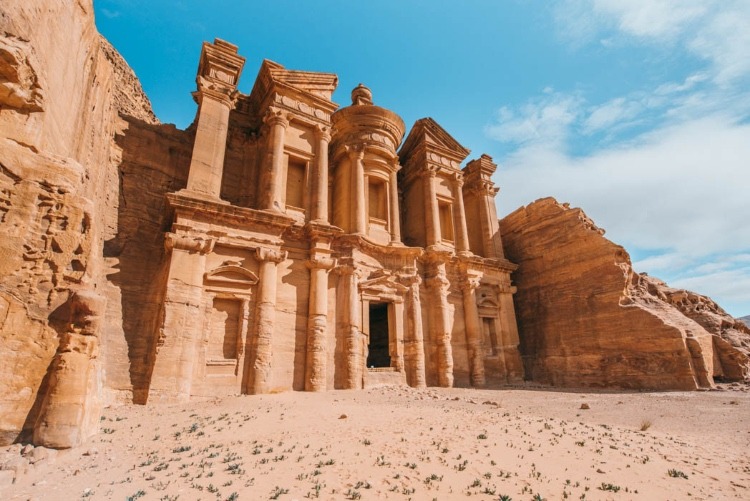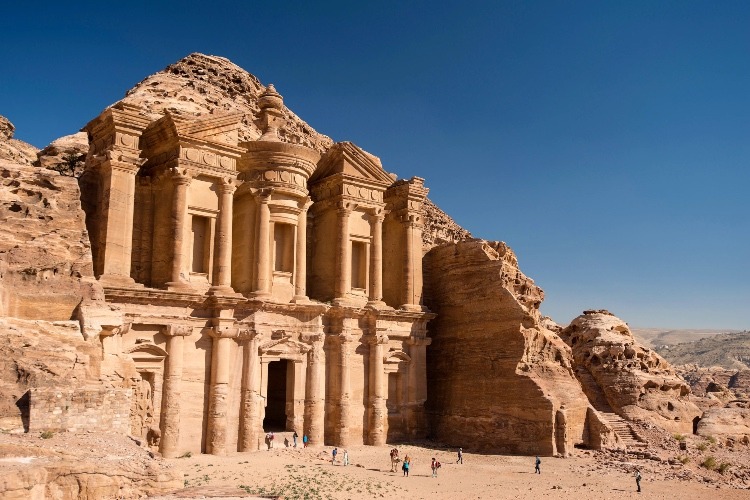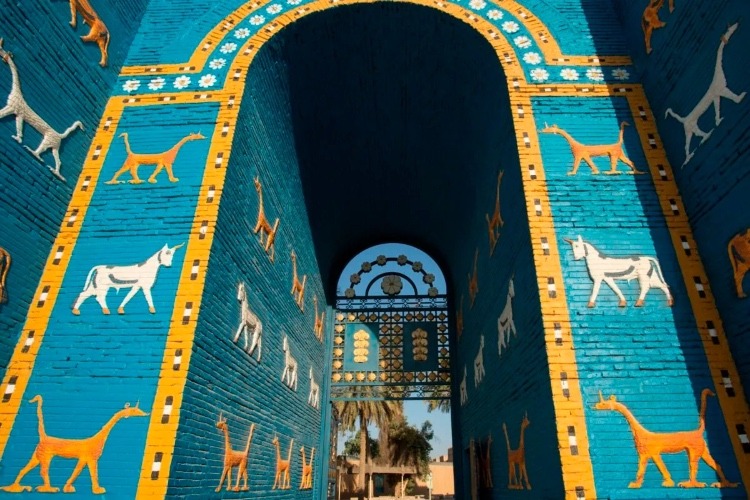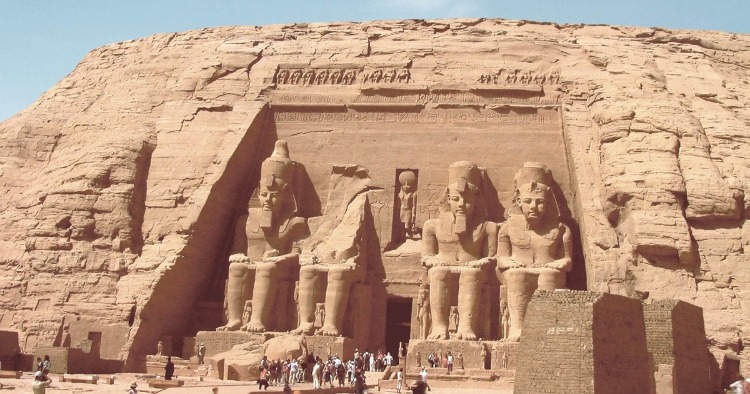World Heritage Sites are cultural landmarks that have been recognized by the United Nations Educational, Scientific, and Cultural Organization (UNESCO). These sites are deemed worthy of preservation due to their universal value to humanity, both in the past and for future generations. For example, we have to give an honorable mention to Old Cairo’s Moez street, which is called by the UN “the greatest concentration of medieval architectural treasures in the Islamic world.” But there are other sites that are worth knowing more about within the Middle East that are both beautiful and rich in history.
Petra, Jordan
In 1985, Petra was listed as a World Heritage Site and in 2007 was voted as one of the New Seven Wonders of the World. The site 280 kilometers south of the Jordanian capital Amman is known as a must-see destination for tourists. The site typically welcomes more than 1.13 million tourists annually, one million of whom are international visitors. The site also holds massive significance as it was once a trading center for incense that was later colonized by the Romans in the first century BC. UNESCO described Petra as “one of the most precious cultural properties of man’s cultural heritage.”
Qalat Al Bahrain, Bahrain
Qalat Al Bahrain is an ancient harbor, fort, and capital of Dilmun which is a port city that has played a significant role in the country’s history. This is because the place welcomed various people from different cultural backgrounds who lived, met, and practiced their commercial activities. The fort is located on top of a 17.5-hectare artificial hill that was built. It is also the site of the former capital of Dilmun and has undergone some of the most intensive archaeological explorations in the Arabian Gulf.
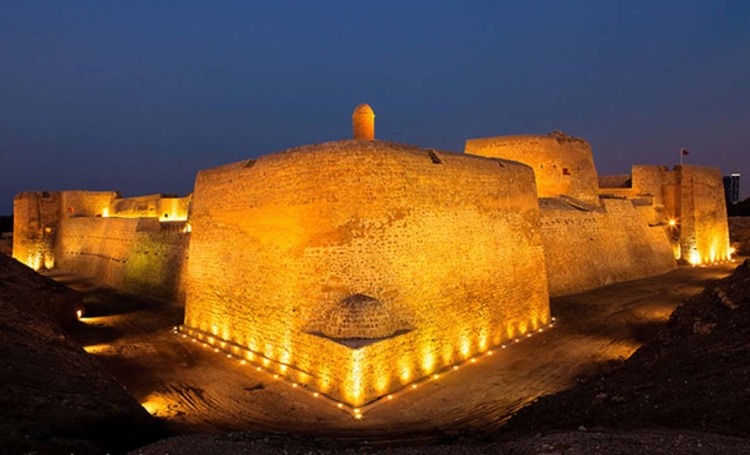
Babylon, Iraq
Situated 85 km south of Baghdad, this site includes the ruins of the city which, between 626 and 539 BCE, was the capital of the Neo-Babylonian Empire. It includes villages and agricultural areas surrounding the ancient city. Its remains, outer and inner city walls, gates, palaces, and temples, are a unique testimony to one of the most influential empires of the ancient world.
Nubian Monuments from Abu Simbel to Philae
This mind-blowing archaeological site was actually saved by UNESCO in an international effort to relocate the immense Ancient Egyptian monuments away from the flooding of the Nile river from 1960 to 1980. The temples of Ramses the Great at Abu Simbel are still as spectacular as they were when they were built around 3200 years ago. This is not to forget about the Sanctuary of Isis at Philae Temple serenely overlooking the Nile from Aswan.
Hegra Archaeological Site, Saudi Arabia
Considered the first World Heritage property to be inscribed in Saudi Arabia, the Hegra Archaeological Site is the largest conserved site of the civilization of the Nabataeans south of Petra. It features well-preserved monumental tombs with decorated facades dating from the 1st century BC to the 1st century AD. The site also features 50 inscriptions of the pre-Nabataean period and some cave drawings as well as 111 monumental tombs, 94 of which are decorated, and water wells.
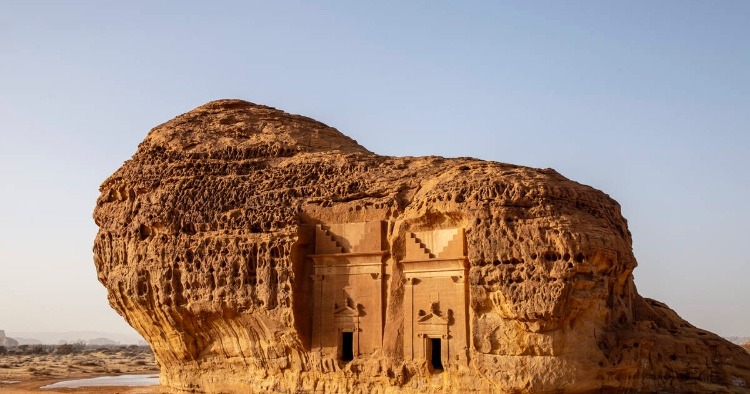
These sites are of crucial importance to their respective countries as they attract local and foreign tourists. They pose as invitations for us to visit and learn more about the culture and history that each site represents.


